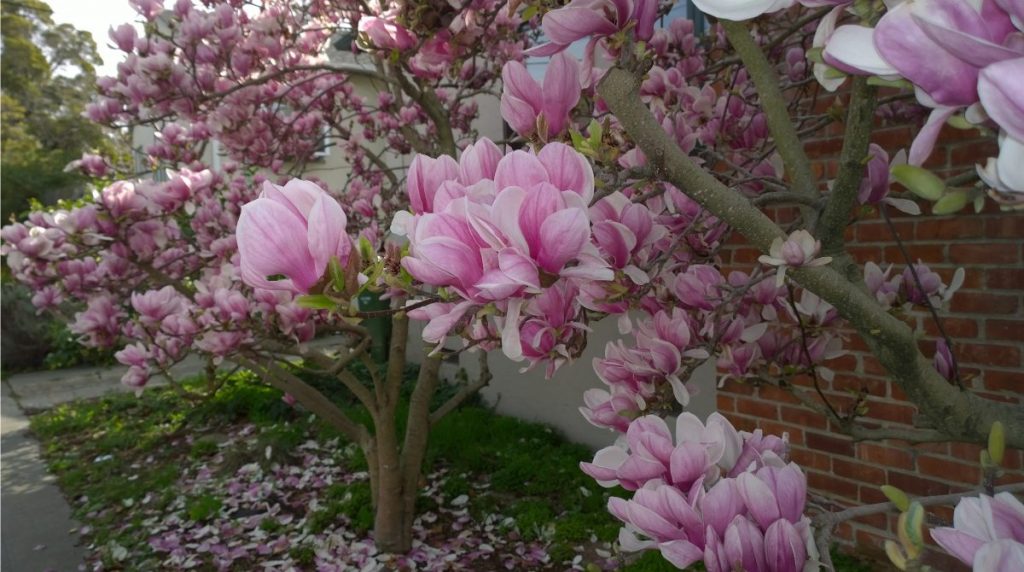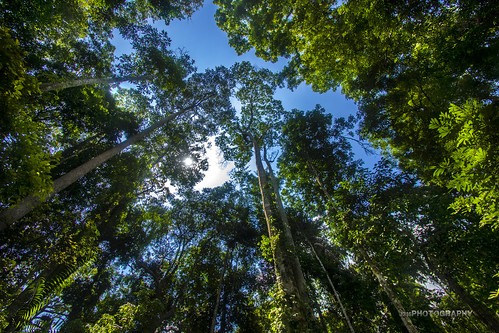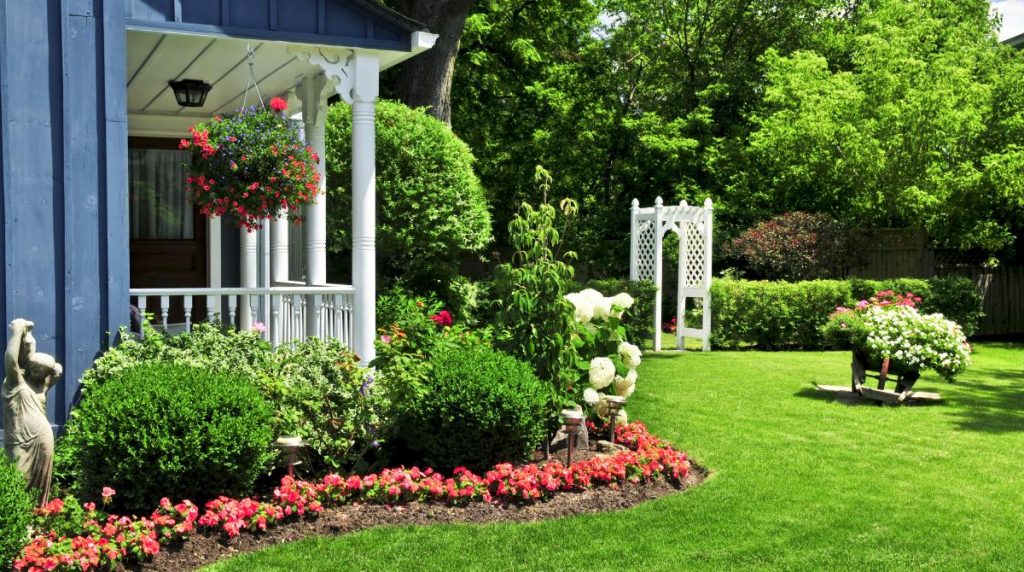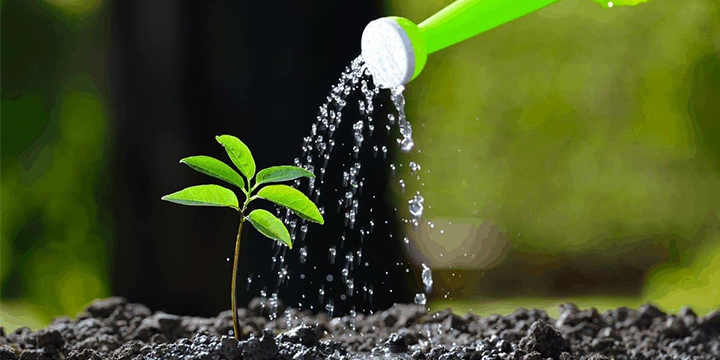
How to Care for a Saucer Magnolia Tree: The Complete Guide
Date June 02, 2022
Category
A saucer magnolia tree is a beautiful addition to any landscape. If you are lucky enough to have one, it is important to know how to care for saucer magnolia properly. In this blog post, we will share how to create the ideal growing conditions for your arbor. We will also provide our favorite tips on how to manage common problems like pests and diseases. So, if you want to learn from the pros at TreeNewal how to keep your saucer magnolia looking its best, keep reading!
Saucer Magnolia Tree Care
The saucer magnolia or Magnolia x soulangeana is a deciduous tree that is native to Asia. It gets its name from the shape of its flowers, which resemble saucers. The tree blooms in early spring, and its flowers can be white, pink, or purple. Saucer magnolias typically live for between 20 and 50 years and develop a height and canopy spread of 20 to 30 feet.
How to Care for A Saucer Magnolia Tree
Saucer magnolias are relatively low-maintenance trees. However, they do require some care to ensure that they thrive. Here are a few tips on how to care for your saucer magnolia tree:
Climate
Saucer magnolias prefer a temperate climate. They will not tolerate extreme cold or heat. When the weather degrees drop or scorch in Texas, be sure to apply mulch so soil temperatures are better stabilized.
Soil
The ideal soil for a saucer magnolia is rich, loamy, and well-drained. Avoid planting in clay or sandy soil, as this can cause the roots to suffer.
Water
Saucer magnolias need regular watering, especially when they are young, but allow the soil to dry out slightly between watering. Once established, they are relatively drought tolerant. However, during periods of extended drought-like summertime in Dallas, TX, you may need to water your tree more frequently.
For all the summer tree care tips you’ll need, check out our recent post, Summer Tree Care Tips: How to Keep Your Trees Healthy in the Heat.
Fertilizer
A saucer magnolia benefits from annual fertilizer in the spring. Look for a fertilizer that is high in nitrogen and phosphorus. Avoid fertilizers with too much potassium, as this can encourage leaf drop. Be sure to always follow the instructions on the package, as excessive fertilizer can damage the roots.
Pruning
Pruning is not typically necessary for a saucer magnolia. However, you may need to prune to shape the tree or remove damaged branches. If you do prune, be sure to have an ISA-Certified Arborist assess how much and when it is best to do so.
Sun Exposure
Saucer magnolias prefer full sun to partial shade.
Drainage
They also need well-drained soil. If your soil is heavy or poorly drained, consider planting in a raised bed.
Blooming
The flowers of a saucer magnolia tree are beautiful, but they can be messy. If you don’t want to deal with the cleanup, consider planting your tree in an area that is out of the way. They typically bloom in early spring.
What Diseases and Pests Are Saucer Magnolias Prone To?
Saucer magnolias are generally healthy trees. However, they can be susceptible to a few diseases and pests. Here are a few of the most common problems:
Verticillium wilt
This fungal disease affects the vascular system of the tree, causing the leaves to wilt and turn brown. It is most common in poorly drained soils. To prevent verticillium wilt, plant in well-drained soil and avoid overhead watering.
To learn even more about verticillium wilt, check out our recent post, What’s the Difference Between Fusarium and Verticillium Wilt?
Powdery mildew
This fungal disease causes white powdery spots to form on the leaves. It is more common in humid climates. To prevent powdery mildew, plant in a well-ventilated area and avoid overhead watering.
Aphids
These small pests suck the sap from the leaves, which can cause damage. They are most active in spring and early summer. To control aphids, hose them off with water or use an insecticidal soap.
Japanese beetles
These destructive pests can cause serious damage to a saucer magnolia. They are most active in late spring and early summer. To control Japanese beetles, use an insecticide or trap them with pheromone traps.
Saucer magnolias are beautiful trees that make a fantastic addition to any landscape. With proper care, they will thrive for many years. By following the tips above, you can ensure that your saucer magnolia tree stays healthy and blooms beautifully each spring. If you have any questions about how to care for.
If you need advice or assistance with saucer magnolia tree care, get in touch with the ISA-Certified Arborists at TreeNewal and enjoy tailored tree care advice.
To learn more about How to Care for a Saucer Magnolia Tree: The Complete Guide, call our Argyle and Southlake-based teams
at (817) 592-6846 or send us a message.
We’re a little different than the average tree services company.
Learn more about TreeNewal’s ISA Certified Arborists!
Our Dallas/Fort Worth-based tree doctors can explain how sustainable tree care services add more value to your bottom line.
Healthy trees, healthy lives.








